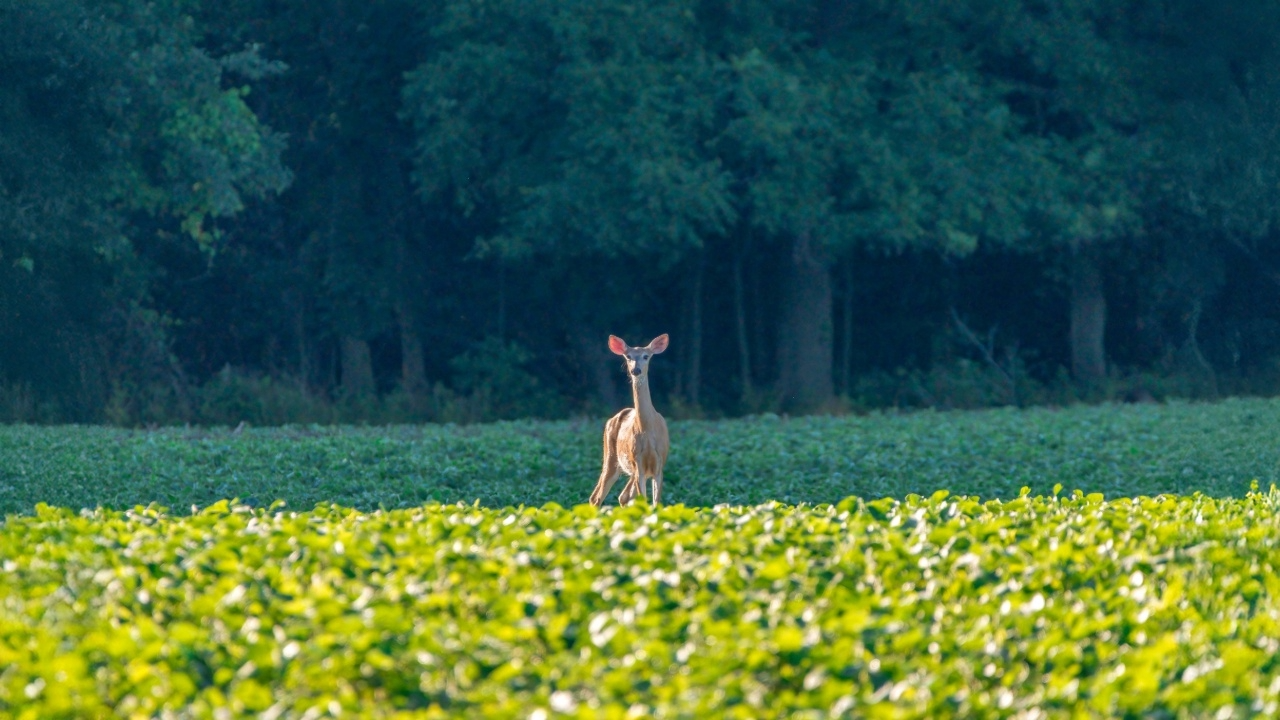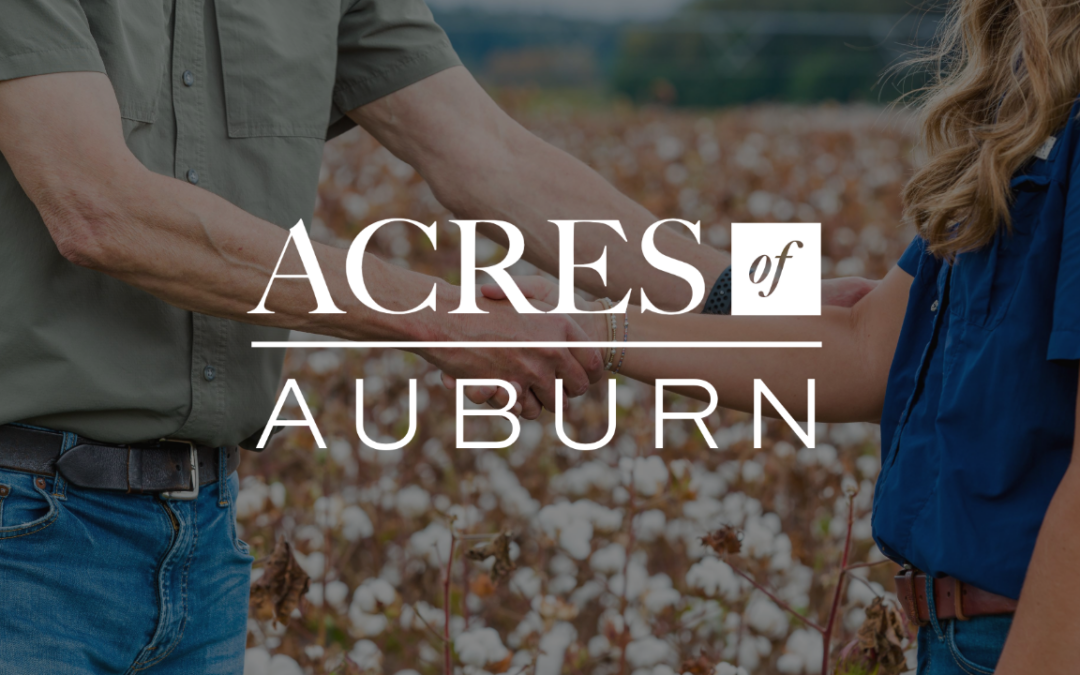From seed selection to pesticide application, farmers work diligently to manage every factor that influences yield—but wildlife damage in row crops remains one of the most troublesome aspects to control.
To help find solutions, assistant professor and Alabama Extension specialist Eros Francisco and the agronomic crops team launched a project focusing on one key question: How can we prevent wildlife damage in row crops?
“In recent years, the concern of wildlife pressure—especially deer—in row crops is mounting,” Francisco said. “This project allows us to evaluate what methods are effective and which are not. We are sharing results regionally with our colleagues and we are sharing with producers through targeted outreach.”
Early in 2024, Assessing and evaluating deer damage on crops project was initiated, by the Alabama Farmers Federation’s Wheat & Feed Grain division. Working with the Alabama Agricultural Experiment Station, the team installed field trials at the Piedmont Research Unit located in Camp Hill, Alabama.
“Inside a 400-acre fenced area with a monitored deer population, our teams worked in two crop cages,” Francisco said. “Comparing crops, one with soybeans and another in cotton—to study how deer respond to row crops and explore ways to reduce damage.”
Testing everything from human hair to sheep fat to rotten eggs, the row crops team is evaluating many repellents through these trials. Some deer repellents are applied directly to plants in their original composition. Other deterrents come from agricultural waste and by-products, which are applied indirectly or spread around a field perimeter. While the components and application methods differ, all the deterrents attempt to reduce damage in the field.
In fact, the most effective deterrent from the ongoing trial is a spray foliage application product. This new and promising product, developed through Auburn research, is still under review and not yet available to the public. Auburn University researchers and Alabama Extension professionals will provide additional details when the product is released.
“In nature, we have about 30-45 deer per square mile. In the Piedmont Unit, there are 150 per square mile, so the pressure is highly increased,” Francisco said. “Whatever proves effective under that level of pressure is a good sign. Meaning, the product will likely work well for our growers dealing with typical conditions.”
In a 2023-2024 survey, Alabama farmers participated in a survey to report deer damage in their operations. Cotton farmers reported an average of 597 acres per respondent, while soybeans growers reported 439 acres affected per respondent. With high yields damaged, growers reported that their main mitigation strategies include depredation permits, repellents and plant borders.
In separate trials, sunn hemp and sesame were each planted as border/boundary crops around soybean fields to evaluate their potential for deterring deer activity. According to the results, the deer consumed soybeans but did not eat the sesame border planted.
Given these findings, sunn hemp — a summer legume — seems to be the more affordable and successful option of the perimeter crops evaluated. For this strategy to be effective, sunn hemp must be planted before the cash crop. This allows it to establish growth and attract deer as it sprouts.
In a separate project, regional Alabama Extension agent Eddie McGriff successfully tested sunn hemp as boundary crop with a Cherokee County farmer. They planted a 40-foot border of sunn hemp around a cotton field. With promising outcomes, the grower only lost two-acres to deer damage while the deer mainly consumed the boundary crop.
“When you survey farmers, cotton and soybean — by far the biggest pests to them is not insects, diseases or nematodes. Deer is the biggest pest,” said McGriff.
To help farmers respond directly to wildlife pressure, depredation permits were created to allow farmers to protect their crops from wildlife. The Alabama Department of Conservation and Natural Resources issues the permits annually.
Through this program, producers with permits can harvest specified numbers of deer with a firearm during certain time constraints. In addition to depredation permits, farmers also manage deer throughout Alabama’s hunting season. While many producers use this option for its immediate protection, Alabama Extension outreach and Auburn University research provides guidance for alternative methods and long-term wildlife management solutions.
Even with the help of surveillance and newer technologies, row crop farmers are trying every approach to keep wildlife consuming their crops. Auburn University researchers are continuing to search for answers for growers that protect fields while staying cost efficient.
“Helping farmers understand how to prevent and respond to deer damage in row crops starts with education,” Francisco said.
When it comes to deer management, the Alabama Agricultural Experiment Station at Auburn University is turning research into resilience for growers across the state.





